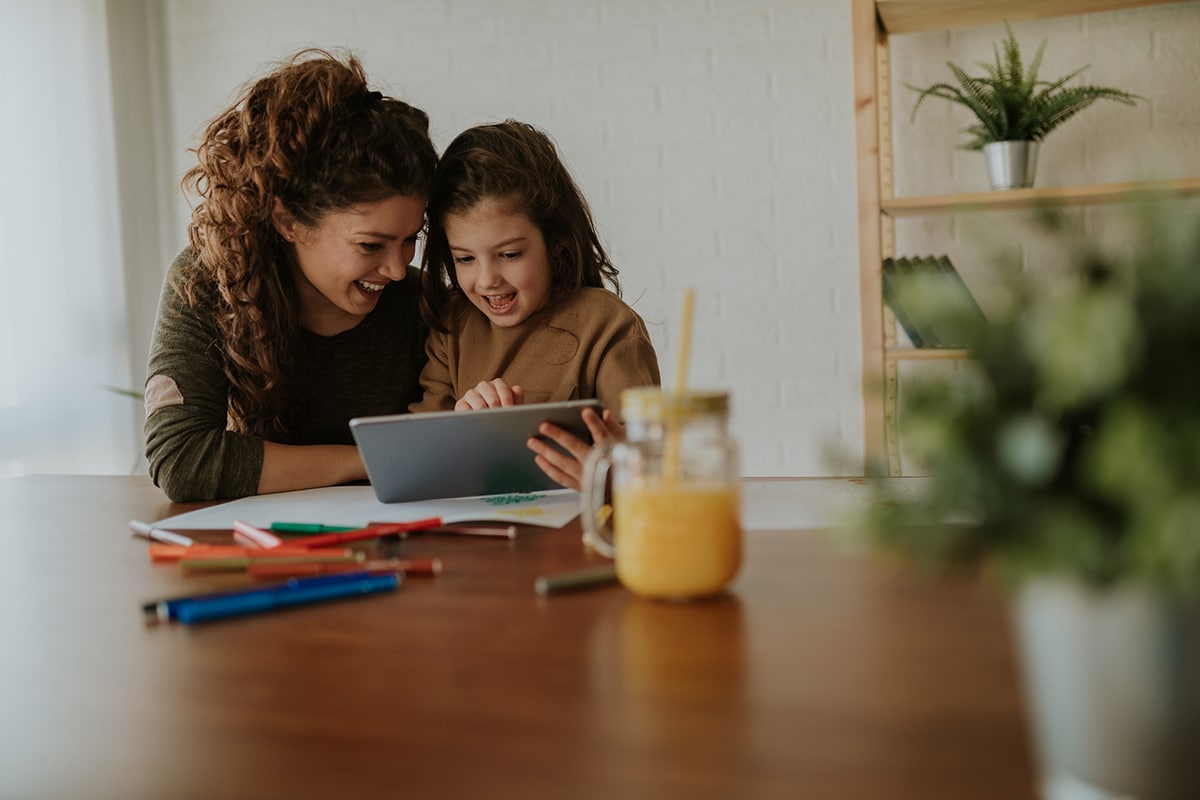Families across the globe are dealing with an unprecedented situation as schools, offices, and local businesses are closed for the foreseeable future to keep everyone safe from the coronavirus. These precautions mean educators, parents, and students are adjusting to a distance learning environment where students can learn from home. While some students may be able to make this transition smoothly, students with learning differences like dyslexia may have a harder time succeeding in this new educational environment. ReadSource is here to help parents, educators, and students by providing a few tips on how to create a dyslexia-friendly learning environment at home.
Make a Routine
While all students can benefit from a reliable routine in the classroom, dyslexic students thrive when there is a clear schedule they can rely on, and this can and should be replicated at home. Parents and teachers can help students create a schedule that lists set times for when they need to attend their online classes, complete schoolwork, exercise, free play, and eat their meals. Although the structure of days may change depending on class schedules, having as consistent a routine as possible can help dyslexic students transition to at-home learning and master new skills more effectively.
Promote Confidence in Your Student
Even in dedicated dyslexia programs, it can be challenging for students to develop confidence in their ability to learn and read effectively. A new environment that is not designed for students with a learning difference may provide an additional hurdle that impacts dyslexic students’ confidence in their abilities. Parents and teachers can encourage and help maintain confidence in children with dyslexia. From praising students for getting a challenging question correct or supporting continued practice in a difficult subject, parents and teachers can help dyslexic students believe in their ability to master reading and language skills.
Accept What You Don’t Know
For many parents and teachers, distance learning is an unfamiliar situation and can be confusing for all involved. New technology, uncertainty about the future, and cabin fever can cause tensions to rise and may cause parents and teachers to get frustrated if they can’t help their children with their schoolwork, and children may mirror this behavior. Take some pressure off yourself and remember that we are all adjusting. You may not know how to help your child with an assignment or understand what to do when technology malfunctions, and that is okay. Ask for help from your child’s teacher or other parents when you can, and remember that this situation is not permanent.
Encourage Multisensory Learning
Any educator with experience teaching students with dyslexia will recommend multisensory teaching strategies that allow children to use all of their senses as they learn. Teachers can still utilize the Orton-Gillingham Approach as they create lessons and give students the opportunity to continue multisensory learning at home. Parents can also take this time to educate themselves on teaching approaches like Orton-Gillingham so they can help their children learn in ways that are especially beneficial for students with dyslexia.
Try To Be Flexible
At first glance, this tip may seem to contradict our recommendation for a reliable routine. Well, sometimes rules are made to be broken. This is a chaotic time for everyone, with teachers, parents, and children trying to do work from home and continue life as normal, but sometimes it may be best for families to be flexible with the routine. If a child wants to do their schoolwork at the kitchen table one day and then outside the next day, why not? Some free time to destress and play throughout the day is also an essential element of a daily routine for children and can even help adults be more productive, too.
The world feels a little overwhelming right now, but parents and teachers can help provide stability to children of all ages. Distance learning can be difficult for all involved, but taking some small steps to create a dyslexia-friendly learning environment at home can help make these next few weeks productive and enjoyable for students with dyslexia.
ReadSource is here for families during this challenging time. Whether you are an educator or a parent of a child with a learning difference, we offer dyslexia resources that can help you navigate this uncharted territory. We are passionate about promoting understanding and awareness for dyslexia through education and community outreach and are to serve as a resource for you. Learn more about ReadSource today!








Leave a Reply